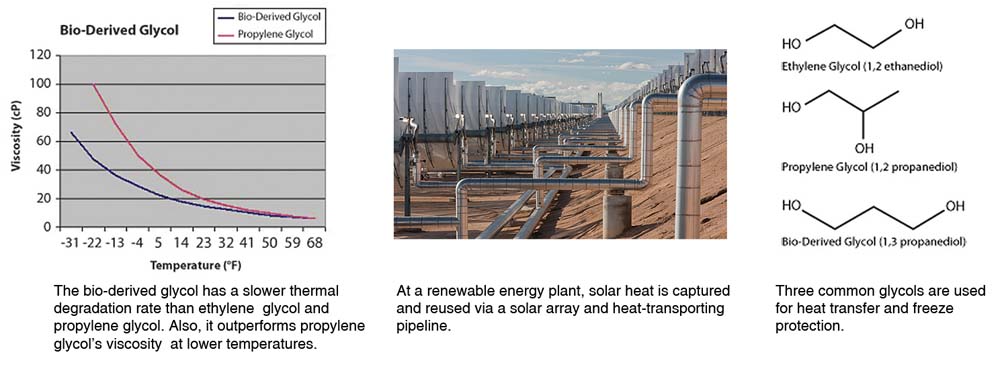Twenty one companies participated in the damp heat test with degradation.
Solar panel degradation with temperature.
Installed pv modules in desert regions are subjected to various temperature changes with significant gradient leading to accelerated degradation.
For many panels this is given as 2 to 3 in the first year and then 0 7 a year after that but it can be as low as 0 25 a year for some sunpower panels.
There are lots of different reasons why they degrade and why they fail kurtz said module manufacturers are looking into every piece of the solar panel puzzle all the way down to the encapsulants and adhesion materials to try to slow degradation rates.
But as long as your solar system is installed by experts and you re using panels of good quality this shouldn t be a major contributor to degradation.
Note these figures may have a minus sign in front of them as in 0 7 or 0 25.
What this means is that for every 1 c above 25 c sunpower s solar panels decrease in efficiency by 0 37.
Solar cell degradation is the result of various operating conditions.
If the surface temperature of your roof increases to 30 c 86 f your solar panel s efficiency will fall to 16 7 percent.
This decreases the amount of voltage that a panel can produce lowering its overall efficiency.
Most solar panels have a temperature coefficient of around 0 3 c to 0 5 c.
Temperature is one of most important factors.
Extreme cold and hot weather humidity and snow and ice also slowly contribute to solar panel degradation as do solar system components with different voltage potentials.
When solar panels become hot more electrons need space to move.
Modules were held at a constant temperature of 85 celsius and a relative humidity of 85 for 1 000 hours about 42 days.
Solar panel degradation and failure is not a clear cut situation kurtz said.
For example sunpower s solar panels all have a temperature coefficient of 0 37 c.
If you have solar panels with an efficiency rating of 17 percent and a temperature coefficient of 0 45 they will lose 0 45 of their efficiency for every degree above 25 c.
Laboratory experiments at the rivers state university of science and technology at port harcourt nigeria in 2008 found similar results.

